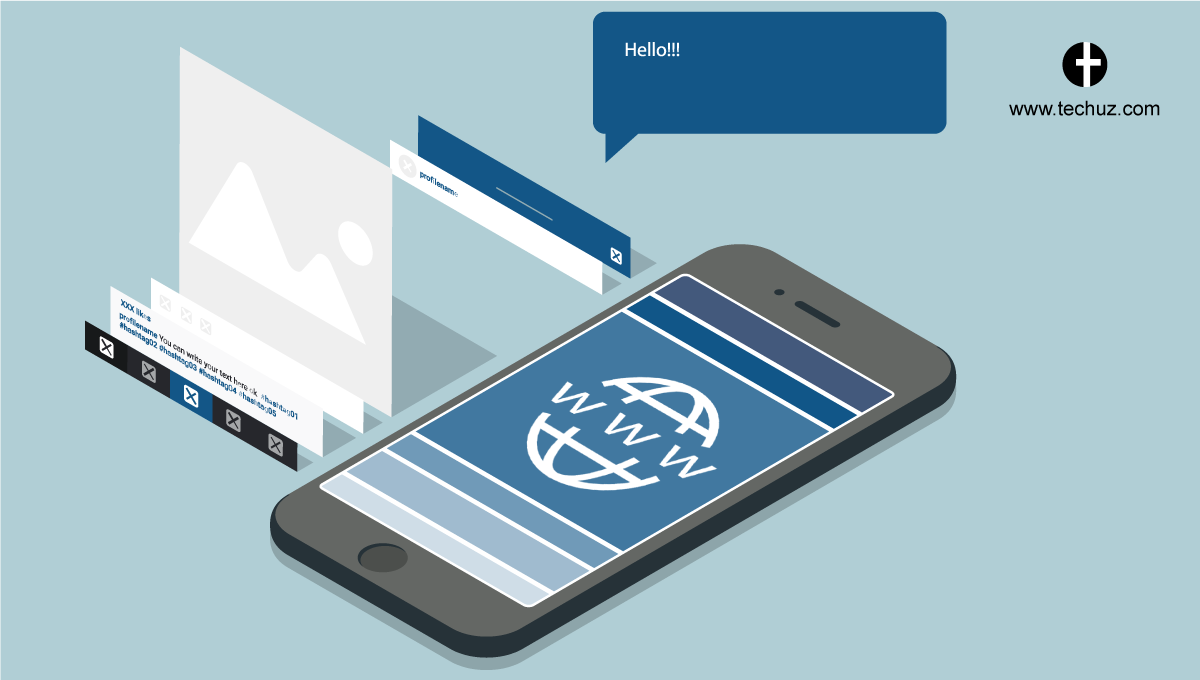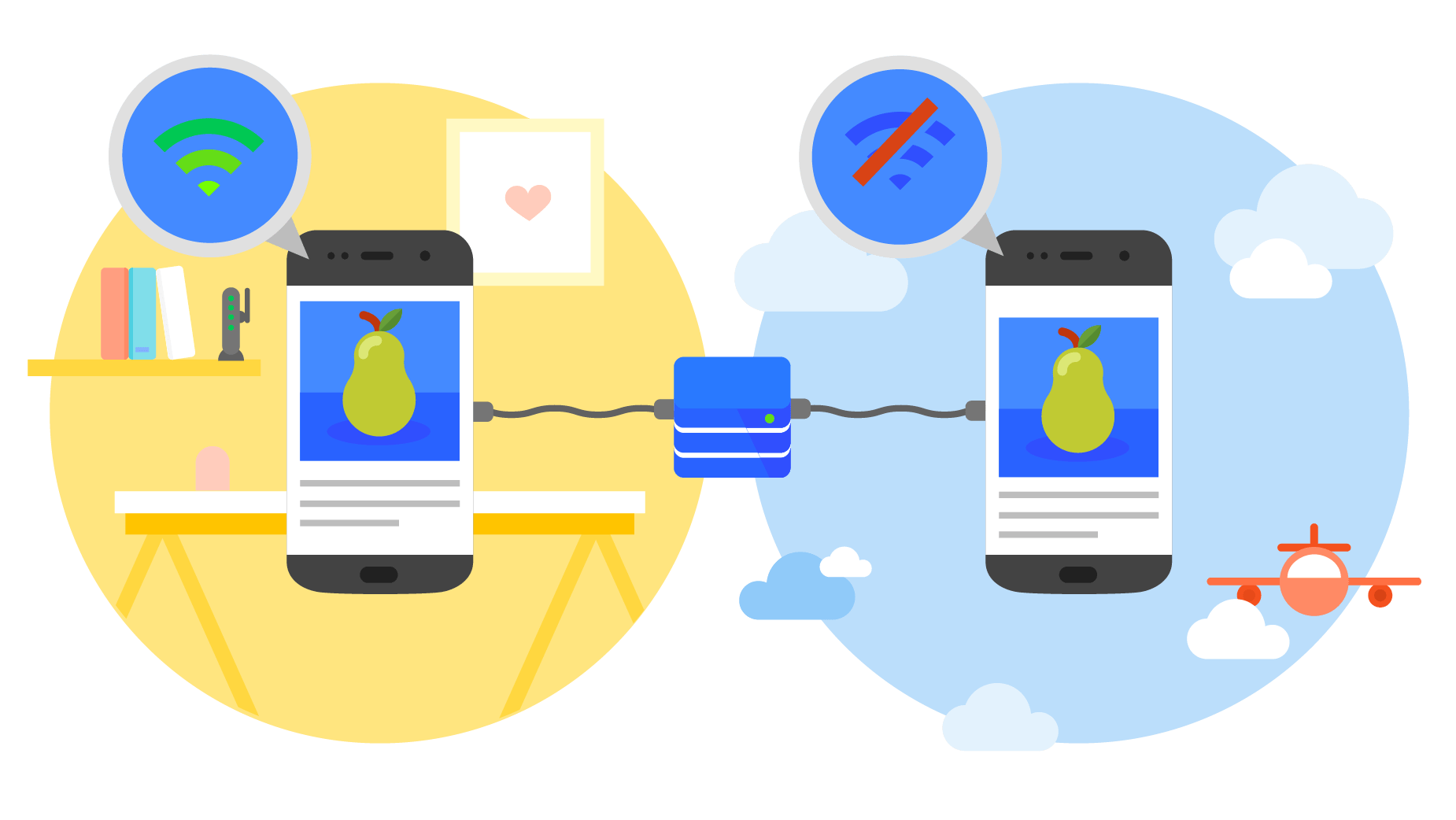Progressive Web Apps Take on Native Apps
Native apps on Android have dominated the marketplace for years, but there’s a brand new child at the block now. Progressive Web Apps (PWA) have begun to increase popularity, allowing internet designers to muscle in on this part of the phone marketplace. Let’s take a closer to observe PWAs and what they imply for destiny.

When Google added the ‘Add to Home’ screen characteristic in 2017, PWAs offered Android users an opportunity to local apps. It’s not a completely new characteristic within the smartphone industry; however, it’s been a great addition to the platform for unswerving Android customers. Users have a greater preference, and the popularity of PWAs shows that the public wants to have that sort of management.
What makes PWAs incredible is that they’re nearly indistinguishable from local apps when they’re designed nicely. They’re fast, responsive, and focused and can be added in an immediate. This offers them an apparent benefit over native apps that want to be downloaded from the Google Play Store. Users appreciate the enjoyment of PWAs, and that’s what’s vital for designers to do not forget.
For the uninitiated, PWAs are, essentially, websites that appear and are used like native applications. Android customers can launch them in the equal manner they launch local apps. Market studies have shown that in the end, users don’t much care whether the app is native or a PWA as long as it’s clean to use and offers a high-quality experience. Websites inclusive of forbes.Com and twitter.Com have had large fulfillment with PWAs. Forbes has said that when launching their PWA, consumer engagement has extra than doubled. The Twitter Lite PWA has been similarly successful. Twitter claims that up to 250,000 every day customers are launching the web app from their domestic screen. The Add to Homescreen feature on Android smartphones offers end users a right away app-like enjoy. Taking out the method of beginning a web browser and typing in a URL means that customers instantly get admission to content. For advertising and marketing purposes, this fulfills the need to simplify procedures and increase conversions.
Progressive Web Apps and Designers
Web designers have a correct purpose of being enthusiastic about the hovering increase in PWA usage. There are plenty of blessings both for business proprietors and the net designers that they hire. Let’s test some of the things internet designers have to be considering about PWAs for destiny.
Add to Homescreen is Game-Changing

Some builders view PWAs as the future for smartphones, and web designers are beginning to recognize the importance of utilizing the Add to Homescreen characteristic. According to Google’s Lighthouse checklist, when PWAs use this feature, they score better and better. In an aggressive marketplace, growing engagement and conversion are vital. PWAs with Add to Homescreen competencies obtain this – with some reporting as much as a 70% growth in conversions.
The motives for this growth in engagement are rooted in the simplicity of PWAs. End users are busy, and during the last fifty years, attention spans have dramatically decreased. Allowing customers both the app-like experience and immediate get entry to the content material is crucial. The age-old KISS – keep it simple, stupid – the principle is what PWAs are all approximately.
Making the Most of PWA Features
User revel in is the important thing to achievement in any component of advertising and design. This isn’t any specific for PWAs. Make it a terrific enjoy, and customers will go back or buy. A horrific enjoyment makes for a sad consumer. So, what makes for a good user experience?
Time is cash inside the world nowadays, so users want a good way to navigate the PWA speedy. No awaiting content to load or clunky navigation alternatives. Google’s Lighthouse tick list indicates things like caching content material to load each web page right away. When running on a PWA project, designers should ensure that loading delays don’t hit customers.
Designing a PWA that makes use of placeholders and lazy-loading will make for satisfied users who’ll maintain launching the PWA. It’s no right to have a PWA that plays like a browser-based website. For the app-like experience to achieve success, a PWA must be better, faster, and simpler to apply.
PWAs That Work Offline
Android users have come to rely on the capability to use their native apps offline and expect PWAs to perform equally. One feature that allows net designers to satisfy this issue in their PWA is a generation known as ‘provider employees.’ With this, page content material gets cached so that once customers have minimal records connection, the app still functions without lag or connection blunders messages.
Back Buttons

Android users are familiar with their local apps’ back buttons, so it makes an experience for PWAs to additionally use this function. Designers need their users to enjoy PWAs as no one of a kind (or perhaps better) than native apps. Continuity is crucial. Back buttons can be integrated into PWAs, placing them in the header bar. Doing so will improve the positivity of the personal experience.
Challenges in Creating User-Friendly PWAs
It’s a commonplace misconception that due to the fact PWAs are a hybrid among apps and websites then internet designers will haven’t any trouble building them. The reality is, there’s a global distinction between designing an internet site and building a PWA. New abilties and strategies and technological knowledge are wanted. That’s no longer to say that internet designers can’t construct a success PWAs. Many do, but most effective due to developing new capabilities.
Web designers delving into the world of PWAs have the delivered burden of making sure the app is set up efficiently. Small errors will negatively affect a person’s enjoyment, so rigorous testing is a must.
Building a PWA isn’t simple, but there is equipment for designers that could make the system an awful lot less of a steep learning curve. Using SDKs can considerably reduce the improvement time, meaning the PWA reaches the client faster.
SEO Challenges
SEO with PWAs is even greater crucial due to the fact there may be crawling problems due to the way that Google’s bots view each web page as JavaScript. Designers who skillfully optimize their PWAs, however, will attain the rewards for the greater effort. With cautious implementation, PWAs can easily acquire an SEO score of 85%.
Businesses and PWAs
PWAs are converting the way that organizations have interaction and interact with their customers. They provide an extra green approach to generating leads and have advantages over each local apps and responsive website. Any enterprise-critical about growing their online presence and market share to consider whether a PWA is of their destiny.
Does Every Business Need a PWA?
The solution to this query, of a route, depends on the enterprise. For a few, it’s enough to have a responsive website. However, for others, the more engagement and conversion rate of PWAs make them a beneficial addition to a commercial enterprise’s online presence.
Businesses who’re in the e-trade sector nearly absolutely need a PWA. The blessings of having an app-like revel in, on-the-spot content, and clean checkout some distance outweigh the price of employing an internet fashion designer with PWA skills. Increased engagement and conversion quotes mean increased revenue, so organizations who don’t yet have a PWA should genuinely be making it a priority.